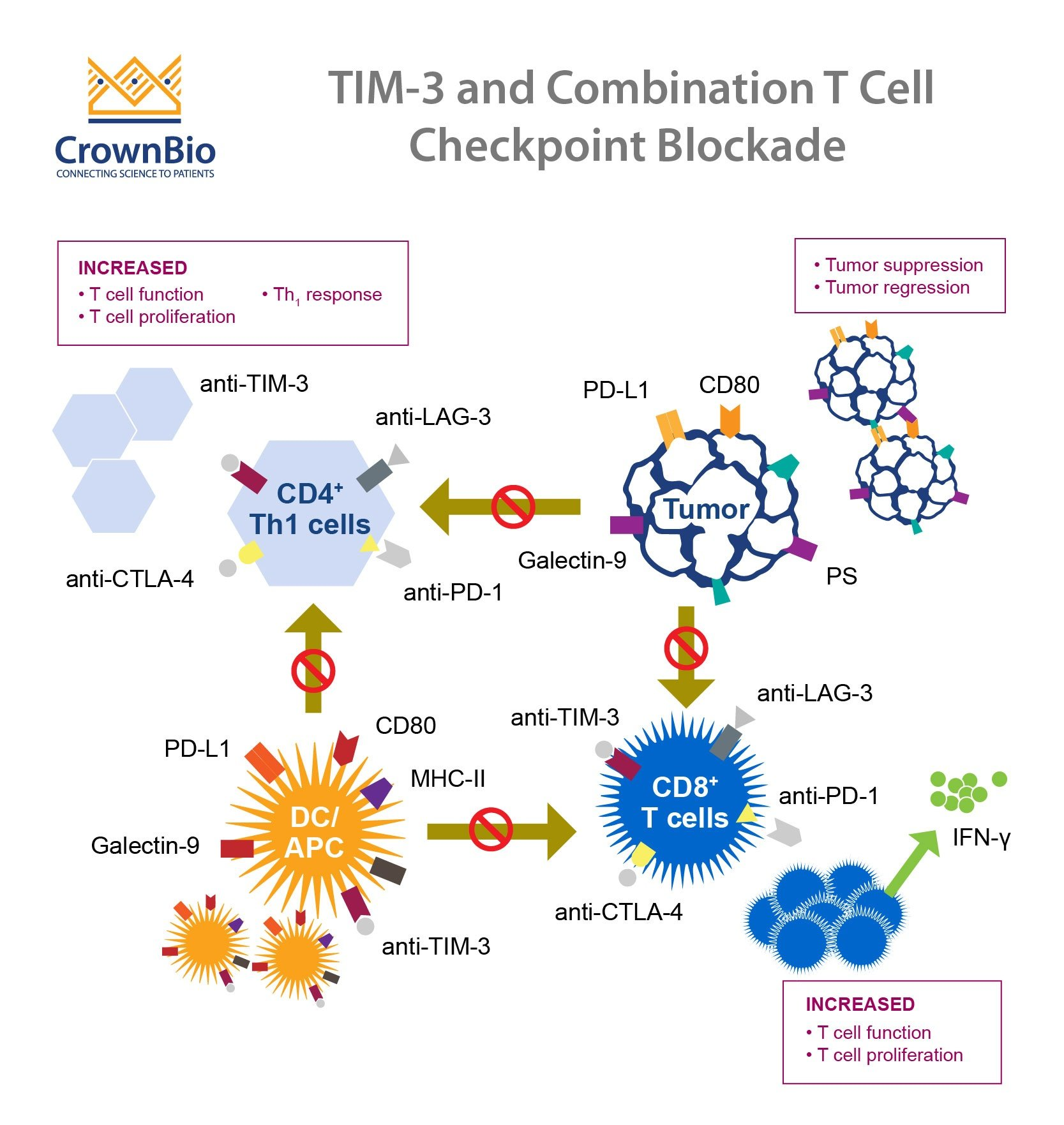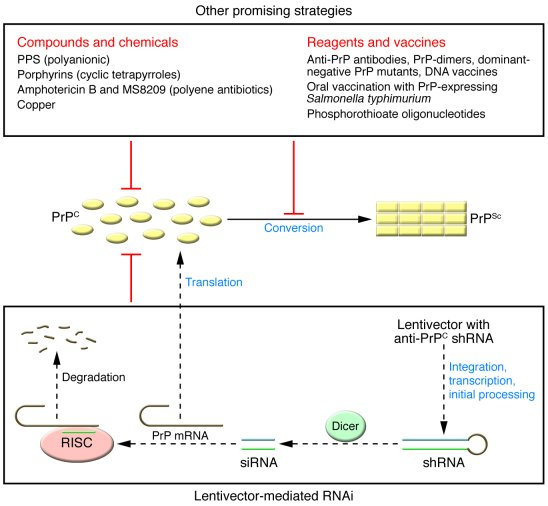Colon cancer survival rates have shown promising improvements with the integration of regular physical activity post-treatment. Recent studies from the Dana-Farber Cancer Institute confirm that engaging in exercise can significantly narrow the survival gap between colon cancer patients and the general population. Not only do those who maintain an active lifestyle enjoy better health outcomes, but they also achieve long-term survival rates that align more closely with their non-cancer counterparts. This underscores the vital role of exercise and colon cancer recovery, highlighting its potential benefits in reducing health disparities. As colorectal cancer research evolves, the evidence increasingly points to the fact that survivors who prioritize physical activity enhance their chances of living longer, healthier lives.
The journey towards thriving after colon cancer often hinges on embracing an active lifestyle. Survivorship is not just about overcoming the disease; it involves a holistic approach to health that incorporates consistent physical activity. By focusing on exercise benefits, particularly for those recovering from colorectal conditions, we can redefine survivorship narratives. This shift not only contributes to improved health outcomes but also fosters a greater understanding of the link between movement and long-term wellness post-cancer. The message is clear: staying active promotes resilience and aids in achieving better survival rates beyond cancer.
The Role of Exercise in Improving Colon Cancer Survival
Exercise has emerged as a pivotal factor in enhancing colon cancer survival rates, particularly for patients who have completed their treatment regimen. Studies indicate that engaging in consistent physical activity not only aids in recovery but also plays a significant role in reducing mortality risks. This phenomenon is particularly evident among survivors of stage 3 colon cancer, where exercise can considerably narrow the survival gap between cancer patients and the general population. Patients reporting higher levels of physical activity have displayed overall survival rates that are markedly closer to their non-cancer peers, underscoring the importance of integrating exercise into post-treatment care.
Research conducted by the Dana-Farber Cancer Institute highlights that colon cancer survivors who engage in vigorous physical activity—amounting to at least 18 MET-hours per week—are positioned for much better long-term survival outcomes. This correlation proves robust, even against the backdrop of cancer recurrence, as active patients show significantly improved survival rates compared to their less active counterparts. This statistic is especially crucial for stage 3 colon cancer survivors, who typically face challenging prognoses; thus, the inclusion of regular exercise into their lifestyle can effectively enhance their quality of life and longevity.
Frequently Asked Questions
What is the relationship between exercise and colon cancer survival?
Research shows that regular physical activity after treatment for stage 3 colon cancer can significantly improve long-term survival. Patients who engage in higher levels of exercise experience survival rates closer to those of the general population, effectively narrowing the gap in outcomes.
How does physical activity benefit colon cancer survivors?
Physical activity plays a crucial role in enhancing physical health and reducing the likelihood of cancer recurrence, contributing to better overall survival rates. Studies have shown that colon cancer survivors who are active have higher survival probabilities compared to those with low activity levels.
What are the physical activity recommendations for colon cancer survivorship?
For colon cancer survivors, it is recommended to accumulate at least 18 MET-hours of physical activity per week. Starting with shorter sessions of 10-20 minutes can be beneficial and build towards longer workout durations.
How does exercise impact survival disparities for colorectal cancer patients?
Exercise significantly reduces survival disparities for colorectal cancer patients. Those who maintain active lifestyles not only improve their chances of long-term survival but also reduce differences in survival rates compared to the general population.
What does colorectal cancer research say about survivorship and exercise?
Colorectal cancer research highlights that post-treatment exercise can lead to enhanced survival rates among survivors. Patients with higher activity levels often see a marked reduction in mortality risks, underscoring the importance of exercise in their recovery plans.
Is there a specific amount of exercise recommended for patients after colon cancer treatment?
Yes, survivors are encouraged to engage in at least 18 MET-hours of exercise weekly to improve their long-term survival outcomes after colon cancer treatment, demonstrating a proactive approach to recovery and health maintenance.
Can physical activity influence the risk of colon cancer recurrence?
Yes, regular exercise has been linked to lower recurrence rates in colon cancer survivors. Patients who are more physically active experience lower risks of their cancer returning and subsequently enjoy better overall survival rates.
What should colon cancer survivors consider when starting an exercise regimen?
Colon cancer survivors should consult with their healthcare providers before starting any exercise program to ensure it is appropriate for their health status and capabilities, with gradual increases in intensity as tolerated.
| Key Finding | Details |
|---|---|
| Exercise Improves Survival | Regular physical activity after stage 3 colon cancer treatment can reduce survival disparities. |
| Impact on Low vs. High Activity Levels | Patients with low activity had survival rates 50.5% lower compared to matched general population, while those with high activity saw significant improvements. |
| Study Foundation | Data analyzed from NCI-sponsored trials CALGB 89803 and CALGB 80702 with 2,875 patients tracking their physical activity post-treatment. |
| Overall Survival Rates | Survivors with low activity had a 17.1% lower survival rate versus matched general population; those with high activity had only a 3.5% lower rate. |
| Recommendation | Includes small bouts of exercise; even 10-20 minutes is beneficial. |
Summary
Colon cancer survival can be greatly enhanced through regular physical activity after treatment. Engaging in exercise has been shown to not only reduce disparities in survival rates between colon cancer survivors and the general population but also improve overall well-being. The findings from Dana-Farber Cancer Institute’s research reveal that those who maintain higher levels of activity post-treatment experience significantly better survival outcomes. Therefore, incorporating even modest exercise into daily routines is crucial for enhancing colon cancer survival.



